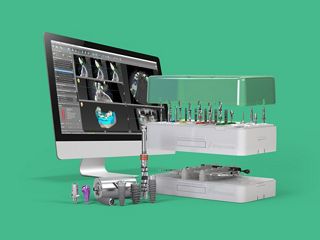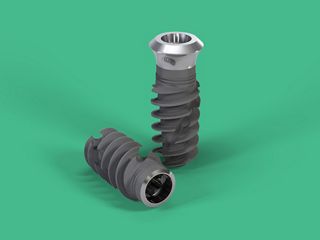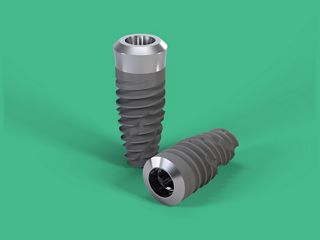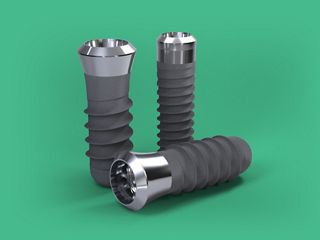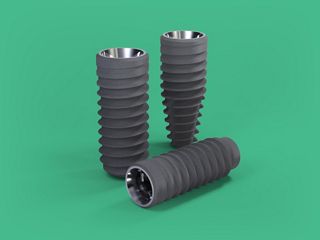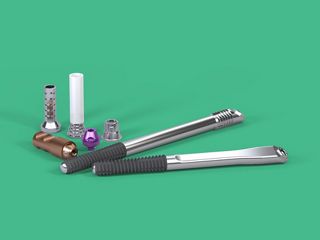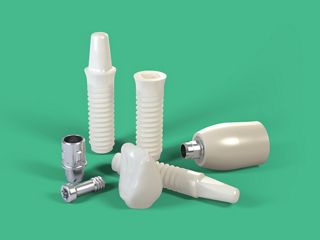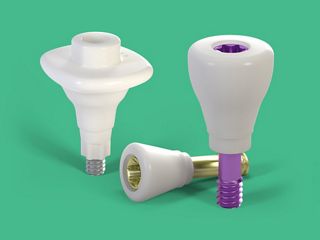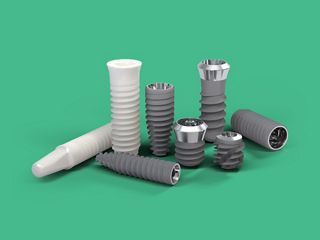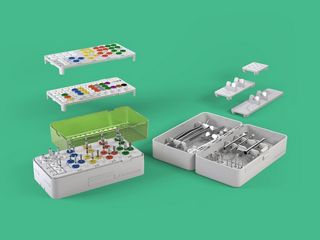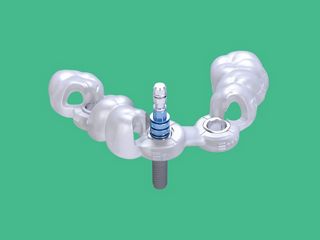The Straumann® Dental Implant System is a high-quality solution for tooth replacement, offering a range of implants designed to address various dental needs. Known for its precision engineering and advanced materials, the system utilizes titanium and zirconia implants for biocompatibility, durability, and excellent osseointegration.
Straumann implants are available in different sizes and configurations, catering to single-tooth, multiple-tooth, or full-arch restorations.
Innovative features include the Roxolid® material for enhanced strength1 and SLActive® surface technology, which accelerates healing and ensures long-term stability2.
Featured stories on youTooth
Upcoming courses
System overviews
Looking for additional information? You'll find them in the Resource Center.











